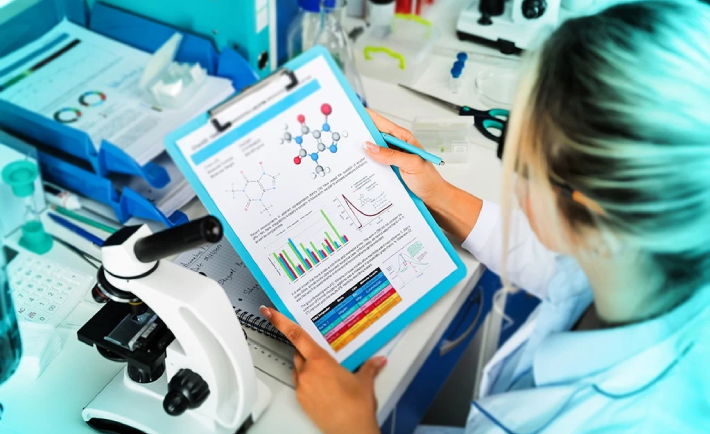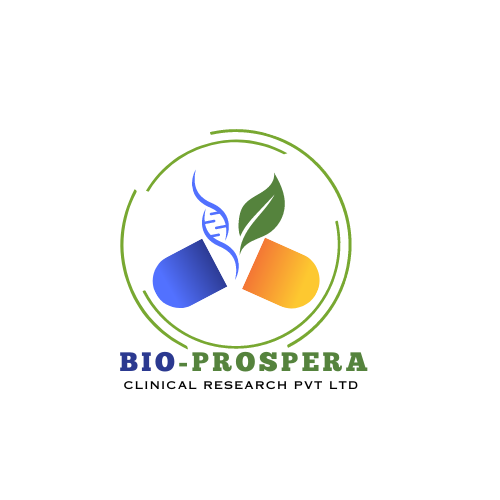Data Analysis
What is Biostatistics and data analysis (SAS)
Biostatistics is a program that focuses on the application of descriptive and inferential statistics to biomedical research and clinical, public health, and industrial issues related to human populations
Biostatistics (also known as biometry) are the development and application of statistical methods to a wide range of topics in biology. It encompasses the design of biological experiments, the collection and analysis of data from those experiments and the interpretation of the results.


Let's discuss some history of Biostatistics:
Biostatistical modeling forms an important part of numerous modern biological theories. Genetics studies, since its beginning, used statistical concepts to understand observed experimental results. Some genetics scientists even contributed with statistical advances with the development of methods and tools. Gregor Mendel started the genetics studies investigating genetics segregation patterns in families of peas and used statistics to explain the collected data. In the early 1900s, after the rediscovery of Mendel’s Mendelian inheritance work, there were gaps in understanding between genetics and evolutionary Darwinism. Francis Galton tried to expand Mendel’s discoveries with human data and proposed a different model with fractions of the heredity coming from each ancestral composing an infinite series. He called this the theory of “Law of Ancestral Heredity”.
His ideas were strongly disagreed by William Bateson, who followed Mendel’s conclusions, that genetic inheritance were exclusively from the parents, half from each of them. This led to a vigorous debate between the biometricians, who supported Galton’s ideas, as Walter Weldon, Arthur Dukinfield Darbishire and Karl Pearson, and Mendelians, who supported Bateson’s (and Mendel’s) ideas, such as Charles Davenport and Wilhelm Johannsen. Later, biometricians could not reproduce Galton conclusions in different experiments, and Mendel’s ideas prevailed. By the 1930s, models built on statistical reasoning had helped to resolve these differences and to produce the neo-Darwinian modern evolutionary synthesis.
Solving these differences also allowed to define the concept of population genetics and brought together genetics and evolution. The three leading figures in the establishment of population genetics and this synthesis all relied on statistics and developed its use in biology.
There are a lot of tools that can be used to do statistical analysis in biological data. Most of them are useful in other areas of knowledge, covering a large number of applications (alphabetical). Here are brief descriptions of some of them:
ASReml : Another software developed by VSNi that can be used also in R environment as a package. It is developed to estimate variance components under a general linear mixed model using restricted maximum likelihood (REML). Models with fixed effects and random effects and nested or crossed ones are allowed. Gives the possibility to investigate different variance-covariance matrix structures.
CycDesigN : A computer package developed by VSNi that helps the researchers create experimental designs and analyze data coming from a design present in one of three classes handled by CycDesigN. These classes are resolvable, non-resolvable, partially replicated and crossover designs. It includes less used designs the Latinized ones, as t-Latinized design.
Orange : A programming interface for high-level data processing, data mining and data visualization. Include tools for gene expression and genomics.
R : An open source environment and programming language dedicated to statistical computing and graphics. It is an implementation of S language maintained by CRAN. In addition to its functions to read data tables, take descriptive statistics, develop and evaluate models, its repository contains packages developed by researchers around the world. This allows the development of functions written to deal with the statistical analysis of data that comes from specific applications. In the case of Bioinformatics, for example, there are packages located in the main repository (CRAN) and in others, as Bioconductor. It is also possible to use packages under development that are shared in hosting-services as GitHub.
SAS : A data analysis software widely used, going through universities, services and industry. Developed by a company with the same name (SAS Institute), it uses SAS language for programming.
PLA 3.0 : Is a biostatistical analysis software for regulated environments (e.g. drug testing) which supports Quantitative Response Assays (Parallel-Line, Parallel-Logistics, Slope-Ratio) and Dichotomous Assays (Quantal Response, Binary Assays). It also supports weighting methods for combination calculations and the automatic data aggregation of independent assay data.
Weka : A Java software for machine learning and data mining, including tools and methods for visualization, clustering, regression, association rule, and classification. There are tools for cross-validation, bootstrapping and a module of algorithm comparison. Weka also can be run in other programming languages as Perl or R.
What is SAS biostatistics ?
SAS/STAT includes exact techniques for small data sets, high-performance statistical modeling tools for large data tasks and modern methods for analyzing data with missing values.
SAS is a tool for analyzing statistical data. SAS is an acronym for statistical analytics software. The main purpose of SAS is to retrieve, report and analyze statistical data. Each statement in SAS environment ends with a semicolon otherwise the statement will give an error message.

Statistical Analytical System is a tool developed for advanced analytics and complex statistical operations. It is used by large scale organizations and professionals due to its high reliability.
SAS is easy to learn and provides easy option (PROC SQL) for people who already know SQL. Even otherwise, it has a good stable GUI interface in its repository. In terms of resources, there are tutorials available on websites of various university and SAS has a comprehensive documentation.

Research Planning
Any research in life sciences is proposed to answer a scientific question we might have. To answer this question with a high certainty, we need accurate results. The correct definition of the main hypothesis and the research plan will reduce errors while taking a decision in understanding a phenomenon. The research plan might include the research question, the hypothesis to be tested, the experimental design, data collection methods, data analysis perspectives and costs evolved. It is essential to carry the study based on the three basic principles of experimental statistics : randomization, replication, and local control.
Despite the fundamental importance and frequent necessity of statistical reasoning, there may nonetheless have been a tendency among biologists to distrust or deprecate results which are not qualitatively apparent. One anecdote describes Thomas Hunt Morgan banning the Friden calculator from his department at Caltech, saying “Well, I am like a guy who is prospecting for gold along the banks of the Sacramento River in 1849. With a little intelligence, I can reach down and pick up big nuggets of gold. And as long as I can do that, I’m not going to let any people in my department waste scarce resources in placer mining.”
